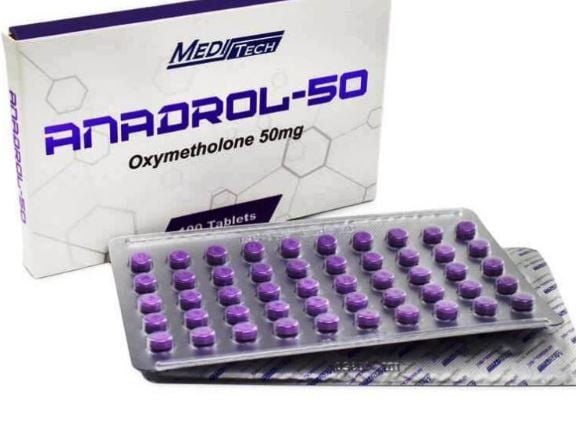
Oxymetholone: The Anabolic Steroid That Fuels Muscle Growth

Introduction
In the world of bodybuilding and sports performance enhancement, few substances are as well-known as anabolic steroids. Among these potent compounds, Oxymetholone, commonly referred to by its brand name Anadrol, stands out for its remarkable ability to stimulate muscle growth. Developed in the 1960s, it has been used both in medical settings and by athletes seeking to boost their performance. This article will delve into the history, mechanism of action, potential benefits, risks, and legal status of Oxymetholone.
The Origins of Oxymetholone
Oxymetholone was originally synthesized in 1960 by the pharmaceutical company Syntex. It was primarily used to treat patients suffering from conditions such as osteoporosis and weight loss due to severe infections or trauma. Its ability to increase red blood cell production made it particularly valuable for patients with anemia.
As its muscle-building properties became apparent, it gained popularity among bodybuilders and athletes looking to enhance their performance. Today, it is classified as a Schedule III controlled substance in the United States, making its non-medical use illegal.
How Oxymetholone Works
Oxymetholone is an anabolic steroid that functions by binding to androgen receptors in muscle cells, triggering a cascade of biological processes that ultimately lead to muscle growth. It has a high anabolic to androgenic ratio, meaning it promotes more muscle growth than it does the development of male characteristics, such as facial hair and deep voice.
Mechanism of Action
-
- Protein Synthesis: Oxymetholone enhances the rate of protein synthesis in the body, which helps repair and build muscle tissue after workouts.
-
- Nitrogen Retention: It increases nitrogen retention, creating a more anabolic environment in the body, which is essential for muscle growth.
-
- Increased Red Blood Cell Production: This steroid stimulates erythropoiesis in the bone marrow, leading to an increase in hemoglobin and red blood cells, which enhances oxygen delivery to muscles during exercise.
-
- Inhibition of Glucocorticoids: Oxymetholone may also inhibit the effects of glucocorticoid hormones (like cortisol) which can promote muscle breakdown.
Benefits of Oxymetholone
For those who use Oxymetholone, the results can be impressive:
-
- Rapid Muscle Gains: Anecdotal evidence suggests that users experience significant muscle mass increases in a short timeframe, sometimes up to 20-30 pounds in just a few weeks.
-
- Enhanced Strength: Oxymetholone can dramatically increase strength levels, allowing athletes to lift heavier weights and improve performance in their respective sports.
-
- Improved Recovery: Users often report faster recovery times between workouts, attributed to its effects on protein synthesis and muscle repair.
-
- Increased Appetite: Users may experience heightened appetite, which can help in consuming the necessary calories for muscle growth.
Risks and Side Effects
Despite its benefits, Oxymetholone is not without significant risks. Common side effects include:
-
- Liver Toxicity: Oxymetholone is known for its hepatotoxicity, meaning it can cause damage to liver cells, especially with prolonged use.
-
- Cardiovascular Issues: Elevated blood pressure and changes in cholesterol levels can occur, increasing the risk of heart disease.
-
- Hormonal Imbalances: The use of anabolic steroids can lead to hormonal imbalances, including the suppression of natural testosterone production, which can cause symptoms of low testosterone.
-
- Psychological Effects: Users may experience mood swings, aggression, and in some cases, steroid-induced psychosis.
-
- Other Side Effects: These can include acne, hair loss, gynecomastia (development of breast tissue in men), and virilization in women (development of male characteristics).
Legal Status
In the United States, Oxymetholone is classified as a Schedule III controlled substance, meaning it is illegal to possess or distribute it for non-medical purposes. Athletes competing in various sports organizations, including the International Olympic Committee and the National Collegiate Athletic Association, are subject to strict anti-doping regulations that prohibit the use of anabolic steroids.
Conclusion
Oxymetholone, or Anadrol, is a powerful anabolic steroid that can significantly enhance muscle growth and athletic performance. While its benefits are substantial and can lead to rapid gains in size and strength, the associated risks and potential side effects are significant. Proper understanding, medical guidance, and ethical considerations should always take precedence in discussions regarding steroid use. As the landscape of sports and bodybuilding evolves, the debate surrounding the use of substances like Oxymetholone continues, highlighting the need for informed decision-making in pursuit of fitness goals.





